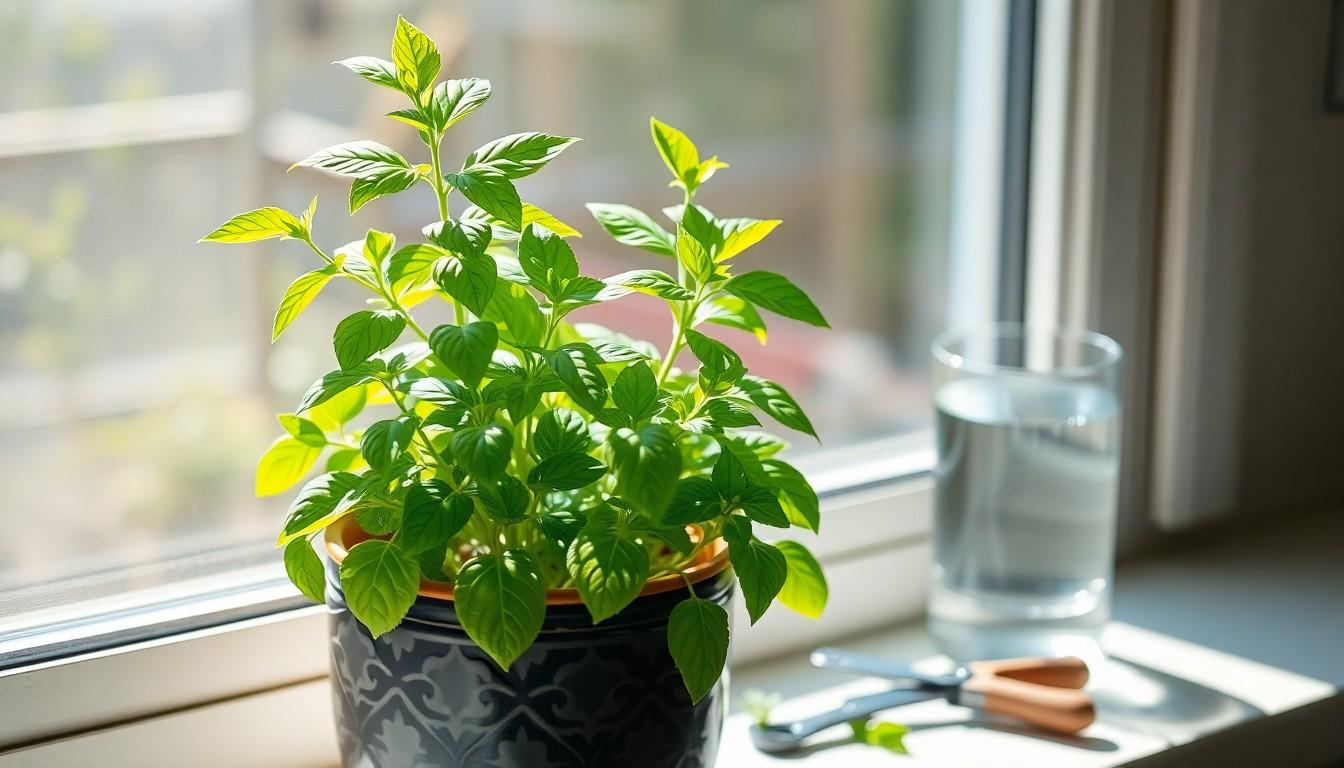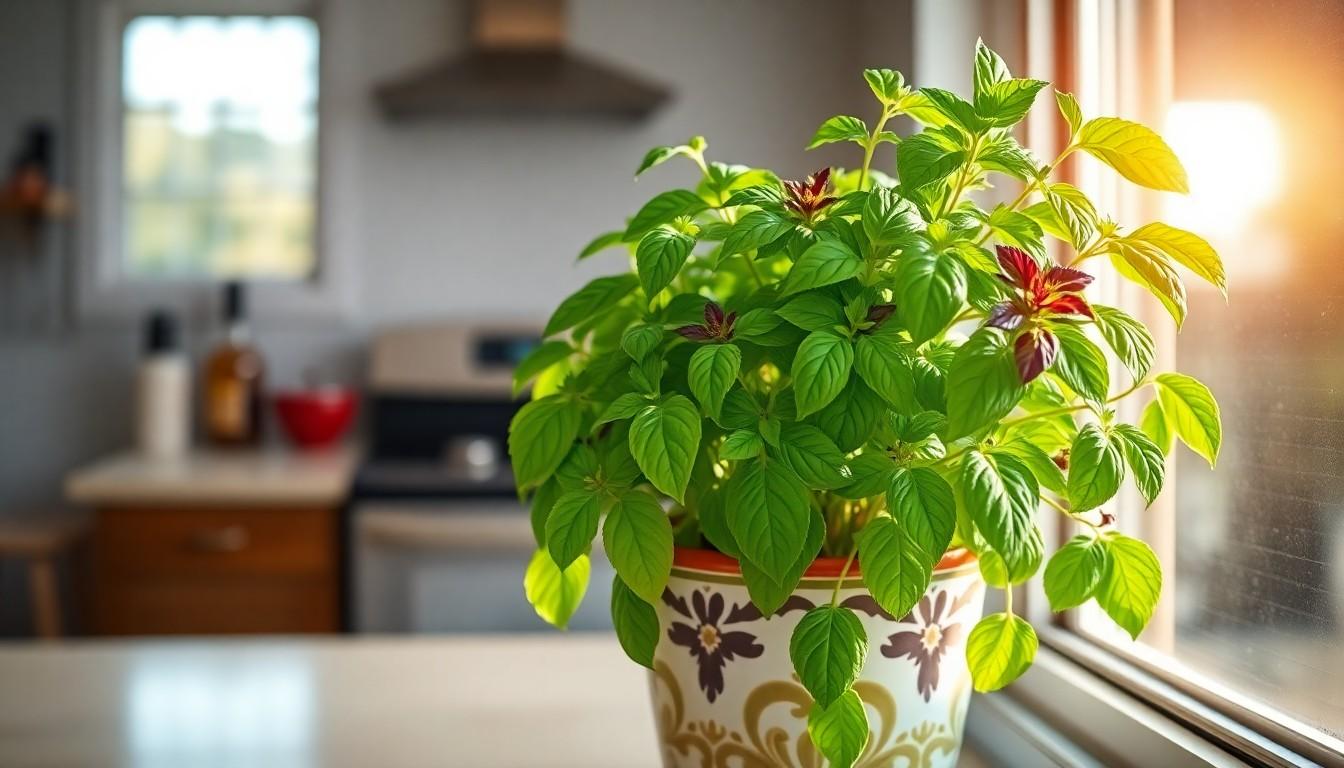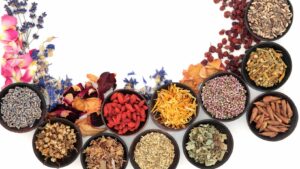Imagine walking into your kitchen and being greeted by the delightful aroma of fresh basil. It’s like having a mini Italian restaurant right at home. Taking care of a basil
plant indoors isn’t just a culinary upgrade; it’s a chance to flex those green thumbs and impress your friends. Who wouldn’t want to be the person known for their thriving herb garden?
How to Take Care of a Basil Plant Inside
Basil plants thrive indoors with proper care. Different varieties exist, each offering unique characteristics.
Types of Basil
Sweet basil stands out as the most common type, celebrated for its rich flavor in culinary dishes. Thai basil adds anise notes, making it popular in Southeast Asian cuisine. Lemon basil provides a citrus twist, ideal for refreshing beverages. Purple basil features striking leaves that enhance salads and garnishes. Each variety caters to diverse culinary preferences, giving gardeners various options.
Benefits of Growing Basil Indoors
Growing basil indoors promotes easy access to fresh herbs for cooking. Enhancing flavors in everyday meals, basil’s aromatic leaves add depth to dishes. The plant also purifies indoor air, contributing to a healthier environment. Gardening indoors encourages mindfulness and relaxation, offering a therapeutic activity. Additionally, thriving basil can become an attractive focal point, enriching living spaces with its vibrant green foliage.
Essential Care Tips for Indoor Basil
Caring for indoor basil requires attention to several important factors. Following these tips ensures a healthy and thriving plant.
Light Requirements
Basil requires ample sunlight to thrive indoors. A minimum of 6 hours of bright, indirect sunlight daily promotes healthy growth. Position the plant near a south-facing window for optimal light exposure. If natural light is limited, consider using grow lights. Using fluorescent or LED grow lights mimics sunlight and supports essential photosynthesis.
Watering Guidelines
Watering basil properly maintains soil moisture without over-saturating. Check the top inch of soil regularly; if it feels dry, it’s time to water. Ensure that excess water drains from the pot to prevent root rot. Frequency of watering may vary based on humidity levels and pot size. Typically, basil prefers consistent moisture, so aim for a balanced watering schedule.
Soil Selection
Choosing the right soil mixture is critical for basil health. Use a well-draining potting mix that retains moisture but allows for air circulation. A blend of peat moss, vermiculite, and perlite works effectively. Selecting a pot with drainage holes prevents water buildup, promoting root health. Fertilizing the soil with organic options every few weeks boosts growth and flavor.
Common Challenges in Indoor Basil Care
Indoor basil care presents challenges that gardeners must anticipate. Identifying these issues early ensures healthy plant growth.
Pests and Diseases
Common pests affecting basil include aphids, spider mites, and whiteflies. Recognizing the signs of an infestation, such as yellowing leaves and sticky residue, helps in timely intervention. Organic insecticidal soap effectively eliminates pests without harming the plant. Fungal diseases like downy mildew can occur in humid environments. Improving air circulation around the plant minimizes this risk.
Nutrient Deficiencies
Nutrient deficiencies can impact basil’s growth and flavor. Symptoms like yellowing leaves signal a lack of nitrogen, while pale or stunted growth suggests insufficient magnesium. Regular fertilization with organic options can replenish lost nutrients and enhance flavor. Balanced fertilizers containing nitrogen, phosphorus, and potassium support healthy development. Monitoring soil quality along with plant performance ensures basil receives adequate nutrition.
Harvesting and Using Your Basil
Harvesting basil properly ensures continuous growth. Begin by cutting above a leaf node with sharp scissors. This technique encourages bushier growth, allowing the plant to flourish. Regularly pruning so it’ll produce fresh leaves is key to maintaining vitality. Aim for harvesting every few weeks, especially when the plant grows vigorously.
Pruning Techniques
Pruning enhances basil’s growth and flavor. Start by removing the top leaves to encourage side shoots. Each cut should occur above a leaf set to promote branching. Cutting about one-third of the plant at a time maintains health without over-stressing it. It’s vital to eliminate any flower buds as they weaken leaf production. Keep tools clean to prevent disease transmission and encourage a thriving plant.
Culinary Uses
Basil’s flavor enhances various dishes, making it a versatile herb. Use it fresh in salads, sauces, or as a pizza topping to elevate meals. Dried basil provides a concentrated flavor, excellent for soups and stews. Incorporate it into pesto for a refreshing sauce that pairs well with pasta. Pairing basil with tomatoes and mozzarella creates classic dishes, adding a vibrant taste profile. A simple infusion in olive oil brings a delightful addition to dressings or marinades.
Promoting Healthy Growth in Plants
Taking care of a basil plant indoors can be a rewarding endeavor. With the right attention to light, watering, and soil conditions, anyone can enjoy the fresh flavors that basil brings to their meals. Regular pruning and mindful harvesting not only promote healthy growth but also enhance the plant’s culinary potential.
By addressing common challenges like pests and diseases, indoor gardeners can ensure their basil thrives. The therapeutic benefits of nurturing a plant add to the overall experience, making it a delightful addition to any home. Embracing this gardening journey opens up a world of flavors and creativity in the kitchen.



